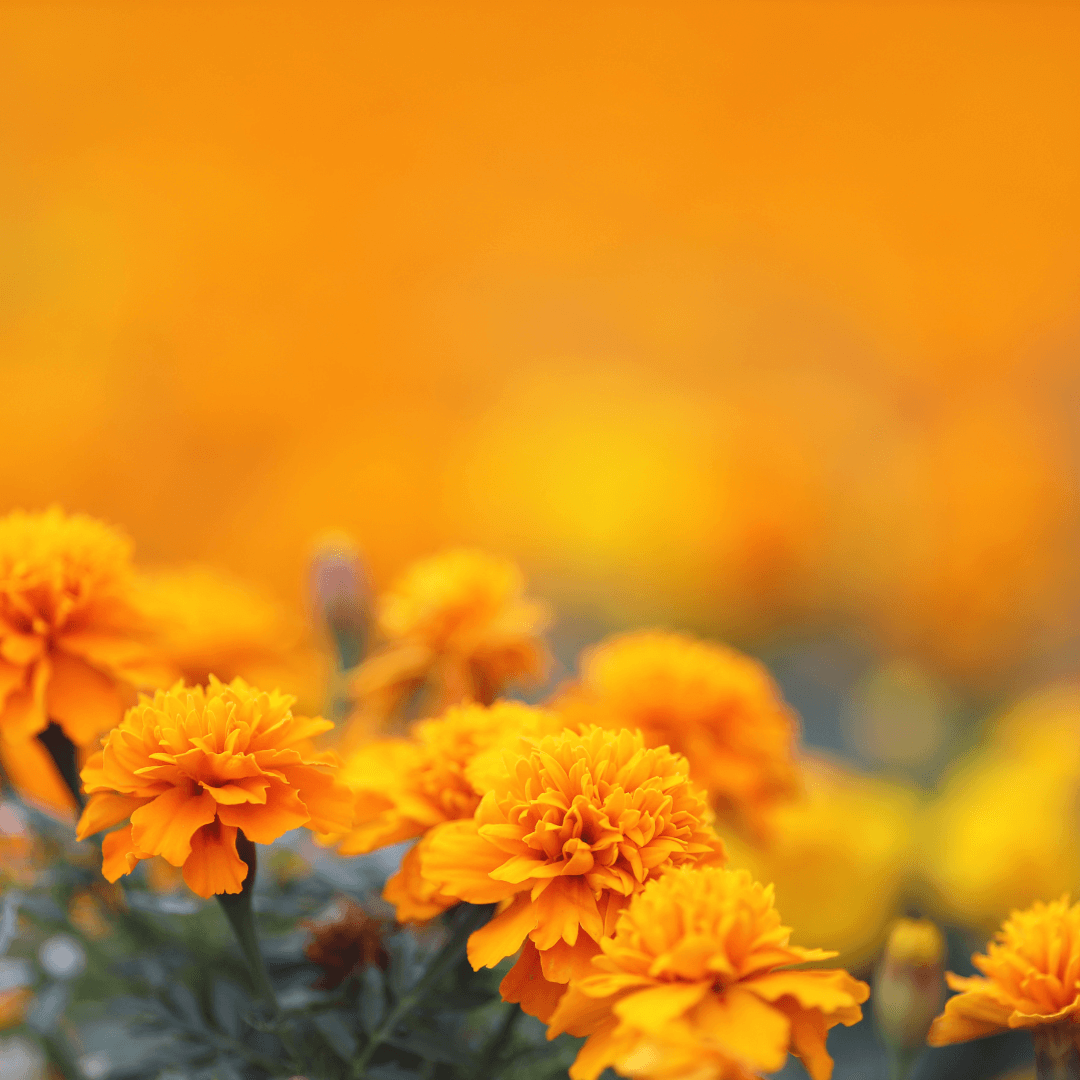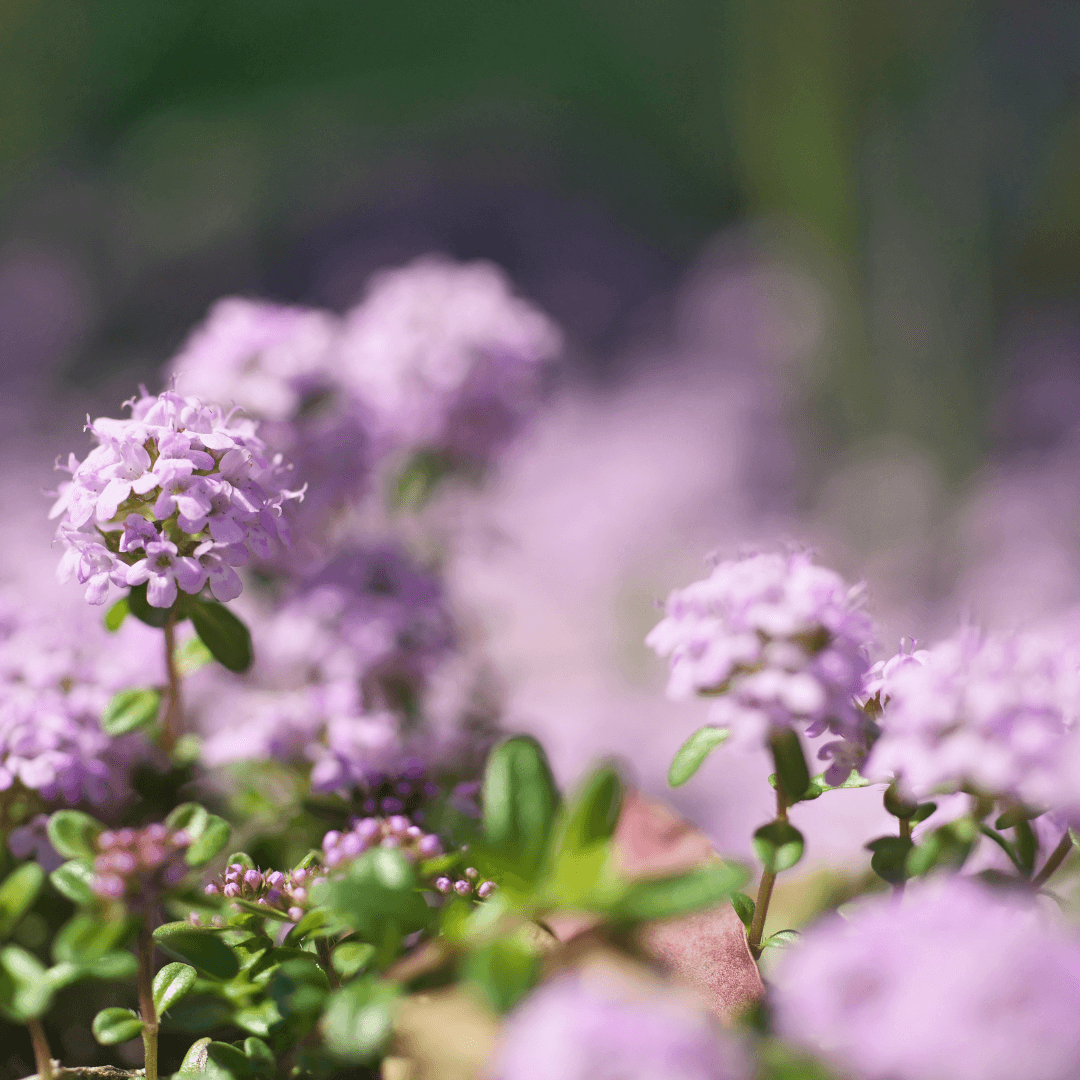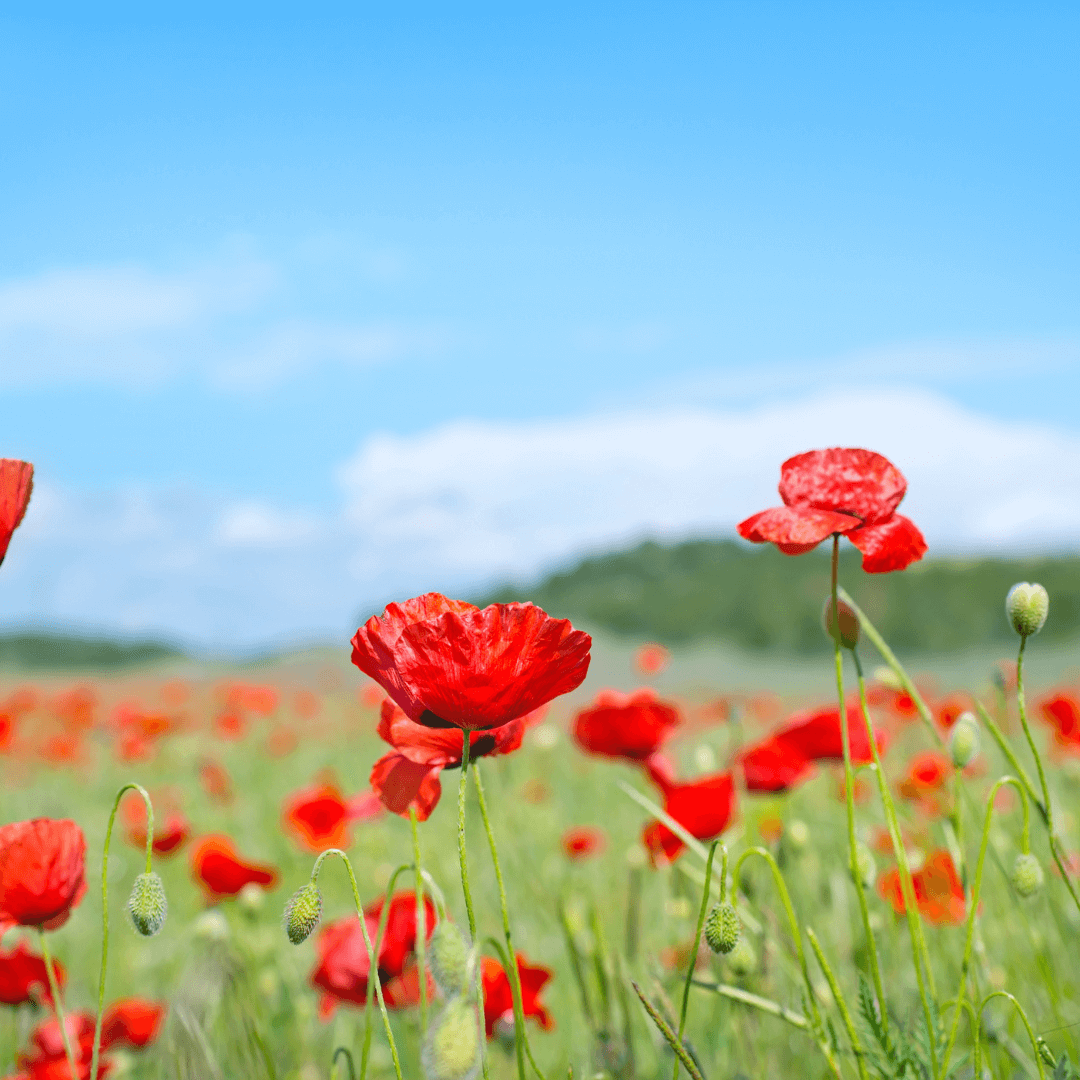Hello fellow gardeners! As a passionate gardener, I often explore different plants to incorporate into my garden, especially those that attract butterflies. Today, we'll dive deep into milkweed and butterfly weed, two plants that might look similar but have distinct differences. We'll explore their unique characteristics, the benefits they bring to our gardens, and how to identify and distinguish between these two beautiful plants. Let's dive into are milkweed and butterfly weed the same!
1. What is Milkweed?
Milkweed is a term used to describe a variety of plants belonging to the Asclepias genus. There are over 100 different species of milkweed, which can be found in various regions throughout the United States. While butterfly weed is a type of milkweed, not all milkweed plants are butterfly weeds. Some of the most common species of milkweed include common milkweed (Asclepias syriaca ), swamp milkweed (Asclepias incarnata), and tropical milkweed ( Asclepias curassavica).
Milkweed Seeds For Monarch Butterflies | 4 Variety Pack
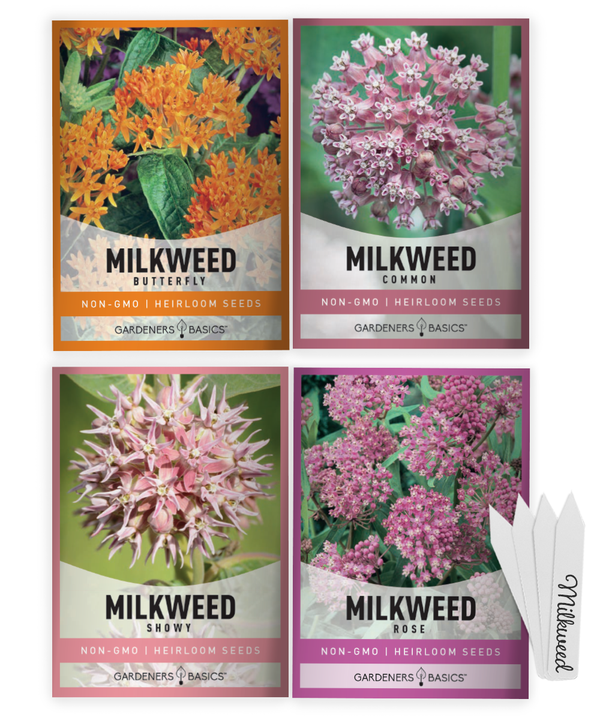
$7.95
Milkweed Seed Assortment For Planting – 4 Stunning Varieties to Attract Monarch Butterflies and Beautify Your Garden Transform your garden into a thriving paradise with our Milkweed Seed Assortment for Planting. This exclusive collection features four exquisite Milkweed varieties -… read more
Characteristics of Milkweed
- Milkweed plants can grow up to 6 feet tall, depending on the species.
- They produce clusters of flowers in various colors, such as pink, purple, and white.
- Milkweed seeds are typically dispersed in the fall and are attached to a silky material that allows them to float through the air.
- Milkweed is a host plant for monarch caterpillars, providing a critical food source for survival.
2. What is Butterfly Weed?
Butterfly weed (Asclepias tuberosa) is a specific species of milkweed known for its vibrant butterfly weed orange flowers. It is native to the United States and can be found in various habitats, from dry areas to meadows and prairies.
Characteristics of Butterfly Weed
- Butterfly weed grows up to 2 feet tall, making it shorter than most other milkweed species.
- Its stunning orange flowers attract butterflies and other pollinators, including the monarch butterfly.
- Like other milkweed species, butterfly weed seeds are also dispersed in the fall.
- It is a drought-tolerant plant, making it suitable for dry areas or regions with less water availability.
3. The Key Differences Between Milkweed and Butterfly Weed
While both milkweed and butterfly weed belong to the same genus, Asclepias, they have notable differences that set them apart:
- Appearance: Butterfly weed is easily recognizable by its bright orange flowers, whereas milkweed plants can have a variety of flower colors depending on the species.
- Height: Butterfly weed generally grows up to 2 feet tall, while other milkweed species can reach heights up to 6 feet.
- Growing Conditions: Butterfly weed is more drought-tolerant than other milkweed species, making it suitable for dry areas.
4. Why Choose Milkweed for Your Garden?
Milkweed plants offer several benefits for your garden, including:
- Attracting butterflies and other pollinators can help improve your garden ecosystem's health and diversity.
- Serving as a host plant for monarch caterpillars, ensuring their survival and contributing to the overall monarch butterfly population.
- Providing a beautiful array of colors and textures for your flower gardens, depending on the species.
Butterfly Milkweed Seeds
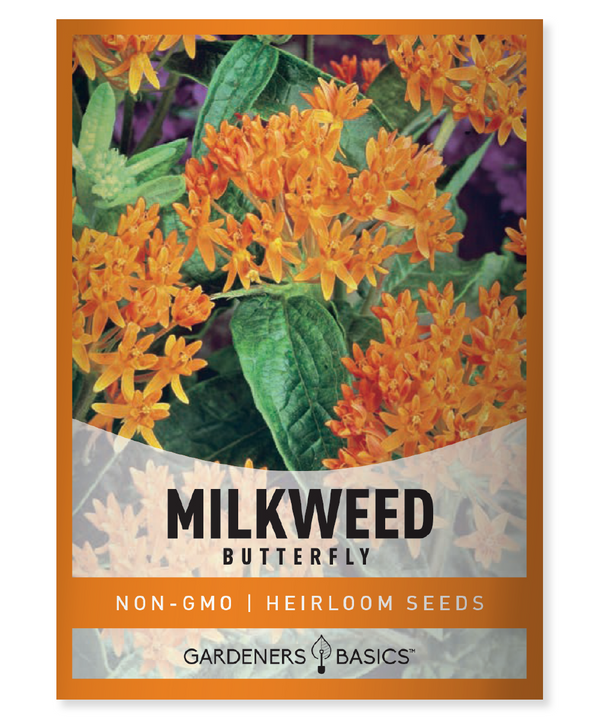
$2.49
Butterfly Milkweed Seeds - Heirloom, Non-GMO, Non-Hybrid, Open-Pollinated - Perfect for Pollinator Gardens Grow a vibrant and essential addition to your garden with Butterfly Milkweed seeds. Known for their stunning orange blooms, Butterfly Milkweed (Asclepias tuberosa) is a hardy perennial… read more
5. Why Choose Butterfly Weed for Your Garden?
In addition to the benefits offered by milkweed plants, butterfly weed also brings unique advantages:
- Its striking orange flowers can be a focal point in your garden, adding visual interest and color.
- The drought-tolerant nature of butterfly weed makes it an excellent choice for gardeners in dry areas or with limited water resources.
- Butterfly weed's shorter height suits smaller gardens, borders, or container gardening.
6. Where to Find Milkweed and Butterfly Weed Plants
Milkweed and butterfly weed plants can be found in our flower seeds online store. Before purchasing, ensure that the plants or seeds are native to your region, as this will help promote a healthy garden ecosystem and support local wildlife.
7. Identifying Milkweed and Butterfly Weed in the Wild
When trying to distinguish between milkweed and butterfly weed in their natural habitats, keep the following identification tips in mind:
- Look at the flower color: Butterfly weed has distinct orange flowers, whereas other milkweed species may have pink, purple, or white flowers.
- Examine the height of the plants: Butterfly weed usually grows up to 2 feet tall, while other milkweed species can grow taller, up to 6 feet.
- Observe the leaves: Butterfly weed leaves are narrow and lance-shaped, while other milkweed species can have broader leaves.
 8. Supporting Monarch Butterflies with Milkweed and Butterfly Weed
8. Supporting Monarch Butterflies with Milkweed and Butterfly Weed
Both milkweed and butterfly weed are essential for the survival of monarch butterflies, as they serve as host plants for monarch caterpillars. By including these plants in your garden, you're adding beauty and attracting pollinators, and actively contributing to conserving the monarch butterfly population. Milkweed seeds can be started indoors or directly sown into the garden as well.
In conclusion, while milkweed and butterfly weed share similarities and belong to the Asclepias genus, they differ. With its unique orange flowers, drought-tolerant nature, and shorter height, the Butterfly weed is a distinct species within the milkweed family. Incorporating milkweed and butterfly weeds into your garden will create a vibrant and diverse environment that attracts butterflies, supports the monarch butterfly population, and adds visual interest to your outdoor space.





 8. Supporting Monarch Butterflies with Milkweed and Butterfly Weed
8. Supporting Monarch Butterflies with Milkweed and Butterfly Weed